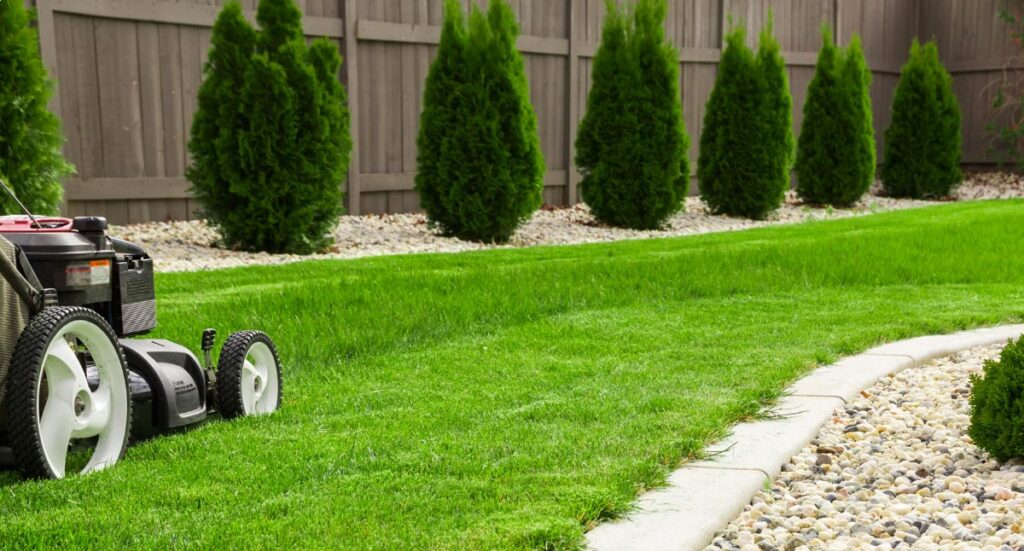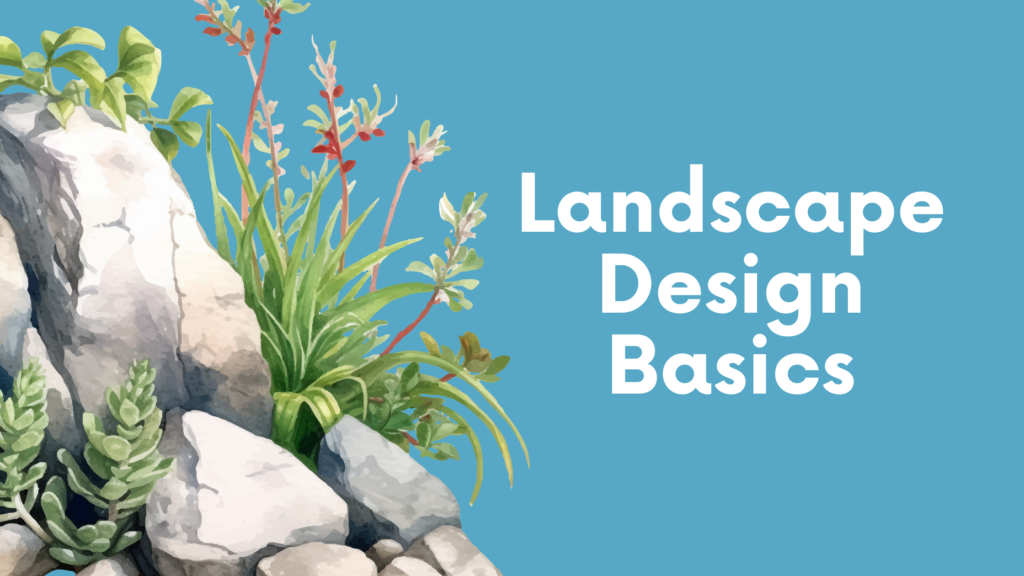
April Gardening Tips
The temperatures are rising, the birds are singing and the sun is shining- Spring is here! The weather, rather than the calendar, dictate when to start working in your garden.
It’s easy to attract colorful hummingbirds and butterflies to your garden. By providing for their needs, they’ll return year after yard.
Here are a few tips for attracting hummingbirds and butterflies to your garden:
Hummingbirds
Butterflies
Here is a selection of plants that’ll attract plenty of pollinators to your garden:
Delphinium
Plant Type: Perennial
Sun Exposure: Full sun
Hummingbirds love Delphinium, which blooms in early summer. The height for these perennials can average anywhere between two to eight feet tall, depending on the variety you plant. Delphinium requires rich soil.
Gayfeather
Plant Type: Perennial
Sun Exposure: Full sun
Want to add a vertical element to your midsummer garden? Consider Gayfeather, whose purple, lavender or white spires are like three foot tall exclamation points! Butterflies and hummingbirds are big fans of this sun-loving perennial.
Cigar Flower
Plant Type: Annual
Sun Exposure: Part shade
Irresistible to hummingbirds, this flower is a fast-growing evergreen that offers a profusion of red-orange tubular flowers tipped with yellow from late spring to fall. The light green leaves are small and boldly veined on this climber.
Cardinal Flower
Plant Type: Perennial
Sun Exposure: Part shade
This plant features reddish purple stems, bronzy leaves and scarlet-hued flowers. A perennial, it can reach four feet tall and spread up to 36 inches wide. Cardinal flower appreciates full sun and moist, well-drained soil. Consider growing in a container, water it often and move indoors during the winter! Cardinal flower blooms beginning in mid-summer through the first frost.
Butterfly Bush
Plant Type: Perennial Shrub
Sun Exposure: Full sun
This bountiful plant attracts butterflies and hummingbirds with its blooms of lavender, pink, white, purple, red, or yellow. These blooms can appear beginning in the early spring and continue to blossom until the first frost. In full sun, Butterfly Bush can grow up to ten feet tall. It is an aggressive grower, and removing spent blooms will encourage more flowers.
Weigela
Plant Type: Shrub
Sun Exposure: Full sun
The showy blooms of Weigela come in pink, red, yellow, lavender or white, depending on cultivar, and appear in mid to late spring. Some cultivars feature variegated foliage, while other types have purple or maroon leaves. This shrub can grow as tall as nine feet and can spread even wider. Weigela thrives in full sun, attracting plenty of butterflies and hummingbirds to your garden!
Foxglove
Plant Type: Perennial
Sun Exposure: Part shade to full sun
Foxglove is a favorite, with its height of up to six feet when in bloom! It prefers moist, well-drained soil and full sun to medium shade. Its blossoms – in purple, pink, yellow and white – attract hummingbirds.
Salvia
Plant Type: Perennial
Sun Exposure: Full sun
All varieties of Salvia are characterized by vertical spikes of vibrant flowers that can be found in hues of blue, red, pink and violet. Bloom time varies according to the variety you plant, and their flowers are a wonderful sight for hummingbirds and butterflies.
Yarrow
Plant Type: Perennial
Sun Exposure: Full sun
Varieties of the tough summer-blooming Yarrow come in yellow, white, pink and coral. Butterflies and hummingbirds enjoy its blooms, which start early in the season and can last into mid fall, depending on the species and variety. Yarrow grows best in well-drained, average to poor soil and can reach up to 48 inches.
Bee Balm
Plant Type: Perennial
Sun Exposure: Part sun to full shade
Bee Balm’s blooms appear in mid to late summer and can even remain into the fall. The striking flowers come in pink, red, or purple, and complement the dark, aromatic foliage. Bee Balm likes medium to wet soil and likes full sun.
Hollyhock
Plant Type: Perennial
Sun Exposure: Full sun
Consider including Hollyhock in your garden, which blooms over a long period in the summertime. Depending on the cultivar, its blooms come in singles and doubles in shades of lavender, pink, purple, red, salmon, apricot, white, and yellow. Hollyhock is fast-growing and can reach up to eight feet in height, attracting plenty of hummingbirds and butterflies.
For more information, come by any English Gardens location and talk with one of our experts.

The temperatures are rising, the birds are singing and the sun is shining- Spring is here! The weather, rather than the calendar, dictate when to start working in your garden.

Spring is so close we can smell it. Time to get in the garden and start prepping for the season (once all the snow melts, of course). Forsythia blooms, Robin

Creating an inviting and beautiful landscape can seem like a daunting task. While you may need to put in some sweat equity, it doesn’t have to be an overwhelming process.
© 2022 English Gardens, a Michigan Nursery and Landscaping Center. All Rights Reserved.
Site design by NH Web Design Company Danconia
English Gardens Detroit MI area nurseries & garden centers are not only the areas largest garden nurseries, but they offer the largest selection of products and services found anywhere in the Clinton Twp., Dearborn Heights, Royal Oak, West Bloomfield, Eastpointe, and Plymouth Ann Arbor Michigan regions providing full service garden centers, full service landscaping and landscape design, seasonal holiday stores including their enchanting Christmas Stores, the largest selection of Patio Furniture in Michigan, and most locations even offer a full service in house florist for flower arrangements for every day as well as those special occasions such as wedding flowers, event flowers, sympathy and funeral flower arrangements, prom flowers, and more!
Our nurseries and garden centers have the areas largest selection of plants, flowers, shrubs, annuals, perennials, and patio furniture. Garden supplies are in abundance, with everything from garden tools and accessories, to garden and potting soil, mulches, bagged garden stone, pots and so much more. We have everything you need for your outdoor gardening needs.
Landscaping? Count on the professional landscape contractors and designers at English Gardens to Make Your Property Beautiful! We offer both DIY landscaping assistance and full service landscape design and construction with our in house landscaping company.
Our floral designers can create perfect floral arrangements for weddings, events, funerals, proms and the like. Make the moment beautiful.
Our Christmas Stores in addition to being one of the areas best holiday experiences, are filled with live and life-like artificial Christmas trees, including flocked artificial Christmas trees, and those sometimes hard to come by 9 foot flocked artificial Christmas trees, as well as a large, ready to take home inventory, of 3 foot artificial Christmas trees, 4 foot artificial Christmas trees, 5 foot artificial Christmas trees, 7.5 foot artificial Christmas trees, 9 foot artificial Christmas trees and 12 foot artificial Christmas trees, and all of the other holiday items you need like Christmas lights, decorations, Christmas wreaths & garland of all types, and unique gifts. Make the Holiday beautiful!
English Gardens store by store offerings in the Clinton Twp., Dearborn Heights, Royal Oak, West Bloomfield, Eastpointe, and Plymouth Ann Arbor Michigan areas;
Be sure to visit any one of our Garden Centers for the largest selection of products and services the area has to offer. If you have any questions please call one of our stores directly in Clinton Twp., Dearborn Heights, Royal Oak, West Bloomfield, Eastpointe, and Plymouth Ann Arbor Michigan for friendly, prompt help.
Address
44850 Garfield Rd. at Hall Rd.
Clinton Twp., Michigan 48038
Phone Numbers
Phone: (586) 286-6100
Fax: (586) 286-0033
Address
22650 Ford Rd. at Outer Dr.
Dearborn Heights, Michigan 48127
Phone Numbers
Nursery: (313) 278-4433
Florist: (313) 565-8133
Fax: (313) 278-0459
Address
22501 Kelly Rd. at Nine Mile Rd.
Eastpointe, Michigan
Phone Numbers
Phone: (586) 771-4200
Fax: (586) 771-4894
Address
9900 Ann Arbor Road W.
Plymouth, Michigan
Phone Numbers
Phone: (734) 453-5500
Address
4901 Coolidge Hwy,
Royal Oak, Michigan
Phone Numbers
Phone: (248) 280-9500
Fax: (248) 280-2688
Address
6370 Orchard Lake Rd. at Maple
West Bloomfield Township, Michigan
Phone Numbers
Phone: (248) 851-7506
Fax: (248) 539-4738
Patio Furniture from English Gardens of Michigan
Patio Lounge Chairs
Patio Furniture Showrooms
Bistro Sets
Outdoor Dining Sets
Outdoor Sectionals
Don’t forget to come visit our enchanted Christmas Stores! We have by far the areas largest display of pre-lit and unlit Christmas trees, both Live and Artificial Life-Like Christmas trees in all sizes and varieties, the areas largest selection of Christmas lights in a variety of lengths, sizes, bulb types including energy efficient, and long lasting ,state of the art, LED Christmas lights, Christmas Garland, Christmas wreaths, Christmas decorations, and that perfect gift for that special someone!
Make Christmas Beautiful! Come to English Gardens This Christmas, It’s Fun For The Whole Family!
When it comes to the holidays other than Christmas, you won’t be disappointed, From July 4th, to Labor Day, Columbus Day, Halloween, Thanksgiving, Easter, Mothers and Fathers Day and more, you guessed it, you can count on English Gardens to Make the Holiday Beautiful!
Make the Holidays Beautiful! Come to English Gardens!
At the end of the day, we all enjoy putting a smile on our, and other’s faces, come to English Gardens at any one of our convenient locations and Make Today Beautiful!
Make Today Beautiful! Come to English Gardens!
Where to Buy Frosted Christmas Trees in Michigan
The best artificial Christmas Trees in Michigan
Where to Buy Mini Lit Christmas Trees in Michigan
Choose the right pencil Christmas tree this holiday season